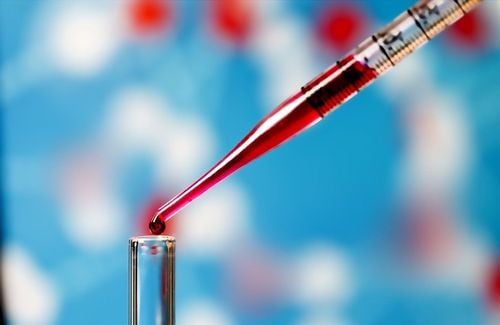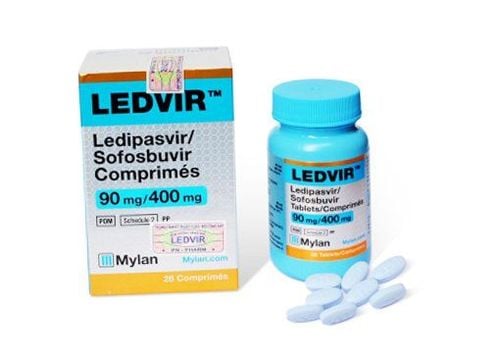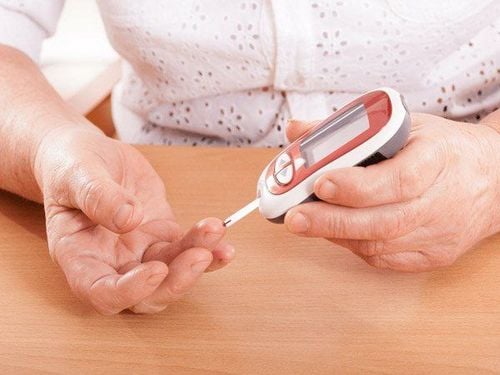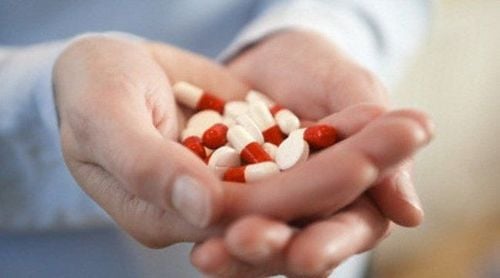This is an automatically translated article.
The article is expertly consulted by Master. Doctor. Vu Thi Duyen - Doctor of Nephrology - Endocrinology, Vinmec Hai Phong International General Hospital.HbA1c is one of the most important test indicators for diabetics because it reflects whether their blood glucose status in the past 3 months has been well controlled or not. On that basis, it helps the patient as well as the treating doctor to have a timely treatment plan as well as prevent complications of the disease. However, many patients do not properly understand the importance of this index, so the test of HbA1c is rarely used. So what is HbA1c, what does it mean in the diagnosis and treatment of diabetes?
1. What is HbA1c?
HbA1c is a special type of hemoglobin combining hemoglobin and glucose, it represents the binding status of sugar on red blood cell Hb. HbA1c exists in red blood cells and is responsible for transporting oxygen and glucose to the body.
Formation of HbA1c occurs as slowly as 0.05% of the day and persists throughout the life of the erythrocyte for 120 days, changing as early as 4 weeks.
Normally HbA1c makes up 4-6% of total hemoglobin.
A high HbA1c when a 1% increase above normal corresponds to an increase in your blood sugar value of 30mg/dl or 1.7mmol/l.
When HbA1c > 6.5% means you have poor blood sugar control.
When HbA1c < 6.5% indicates that you have good blood sugar control.
The HbA1c test is done by taking a small sample of your blood, the blood sample will be measured at a laboratory, the results are calculated as a percentage of hemoglobin in the blood.

2. Why is it important to control HbA1c?
The HbA1c index reflects the patient's sugar control status continuously for 3 months, helping the patient and treating doctor to plan further treatment. In addition, HbA1c is valuable for early diagnosis and screening of pre-diabetes.For diabetics, an HbA1c < 6.5% means your blood sugar is well controlled, which means it can slow and prevent the development of eye, kidney, and cardiovascular complications. and neuropathy caused by diabetes.
HbA1c can be used to diagnose diabetes and pre-diabetes (American Diabetes Association).
3. How to monitor HbA1c?
All patients with type 1 and type 2 diabetes should preferably have a HbA1C test every 3 months. In case of no conditions, at least once every 6 months. Based on that result, we can develop a follow-up treatment plan for the patient to minimize the complications of the disease such as vascular and neurological complications.
Ideally HbA1c is < 6.5%. In some cases it is acceptable at 6.5 to 7%. If HbA1C > 7%, your glucose control status is very bad.
4. How to keep HbA1c below 6.5%?

Control of stable blood glucose levels continuously 24 hours a day is the key to reducing HbA1c by target.
Wanting to have stable blood sugar control for a long time requires you to strictly follow daily diet, exercise regimen, medication regimen and self-monitoring of blood sugar at home.
>> See more: Groups of drugs to treat diabetes
5. What is the difference between fasting blood sugar and HbA1c?
Fasting blood glucose monitor only shows the blood glucose value at the time of the test. The HbA1c test, on the other hand, gives a larger and more comprehensive picture of your average blood sugar percentage over the past 3 months. But HbA1C is more significant and more valuable than fasting blood glucose at one point in time. It is because of those values of HbA1C that now, the HbA1c test is one of the tests performed in the Cardiovascular and Diabetes Screening Package at Vinmec, helping to detect and screen for diabetes early and from there. timely and effective treatment plan.
Please dial HOTLINE for more information or register for an appointment HERE. Download MyVinmec app to make appointments faster and to manage your bookings easily.














